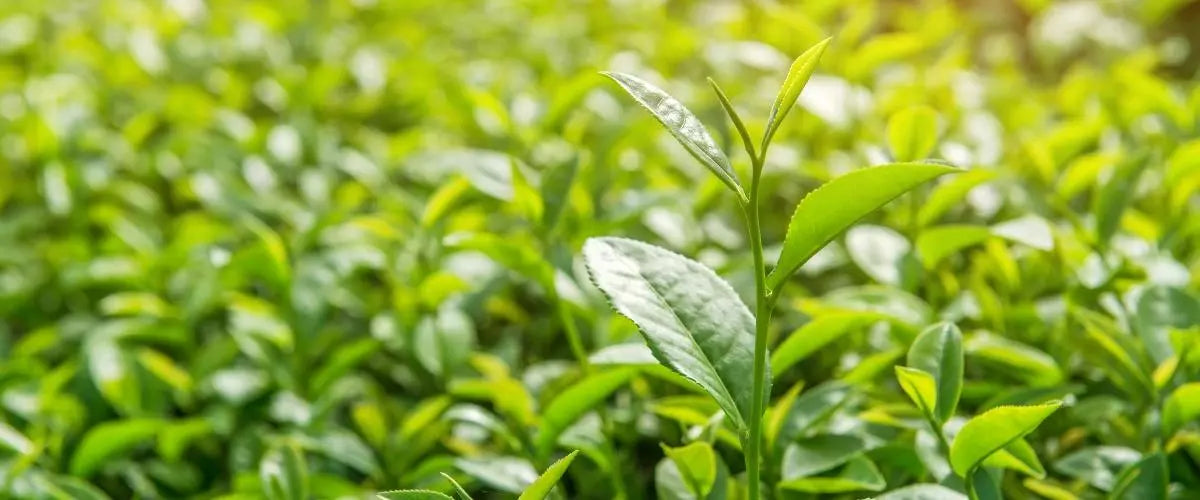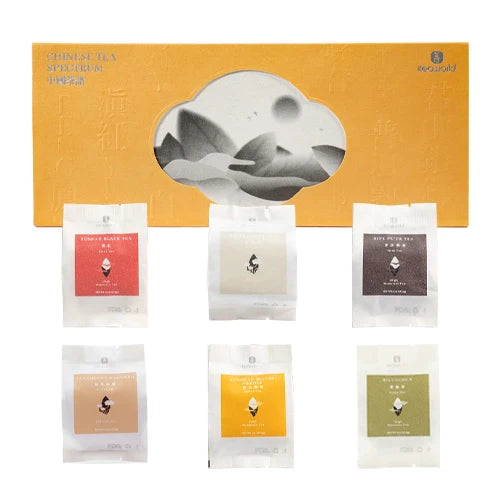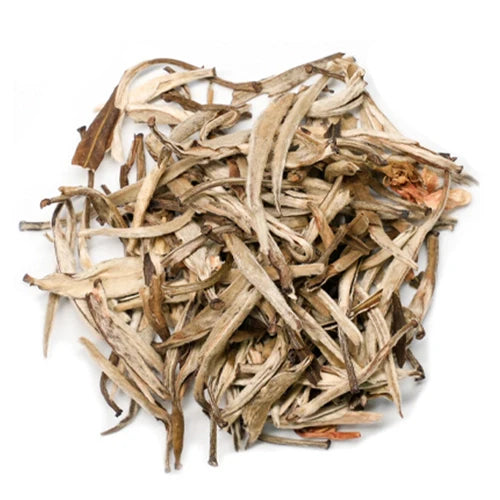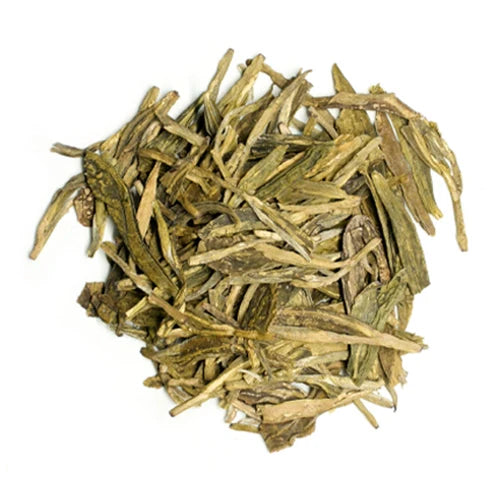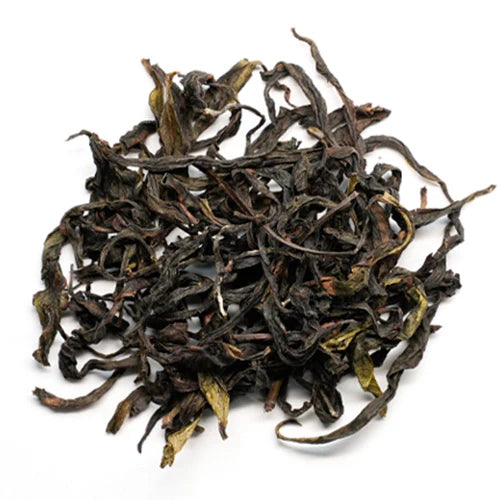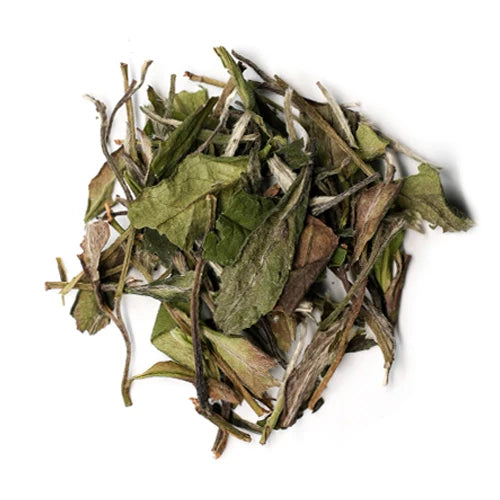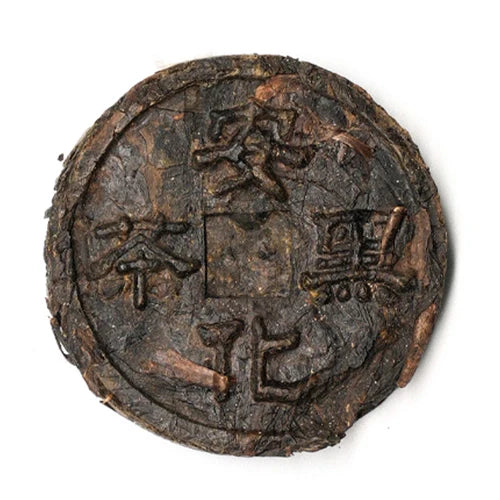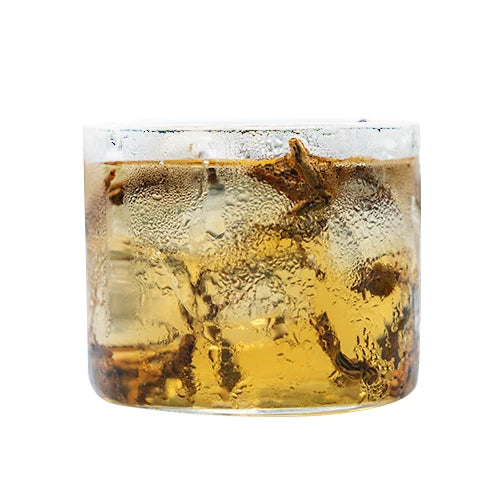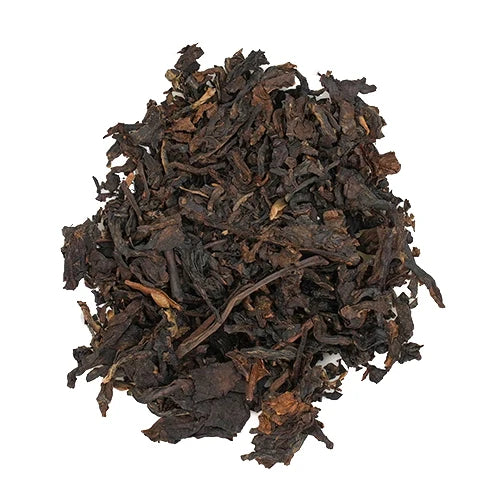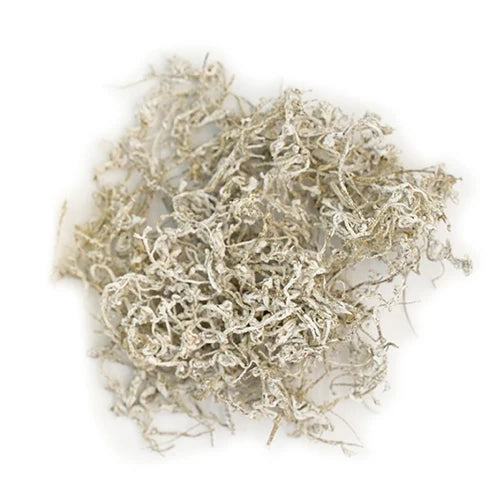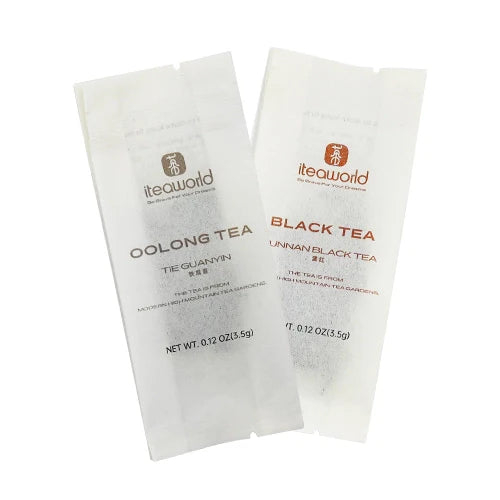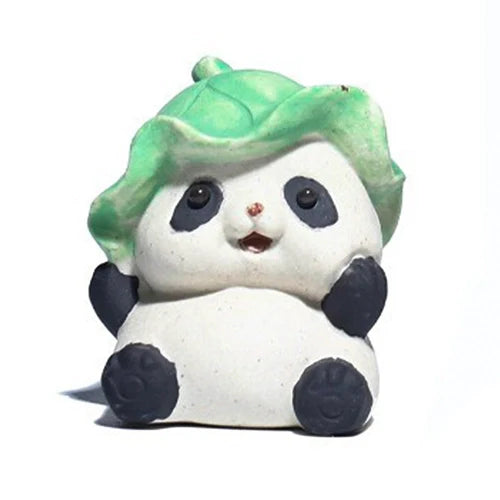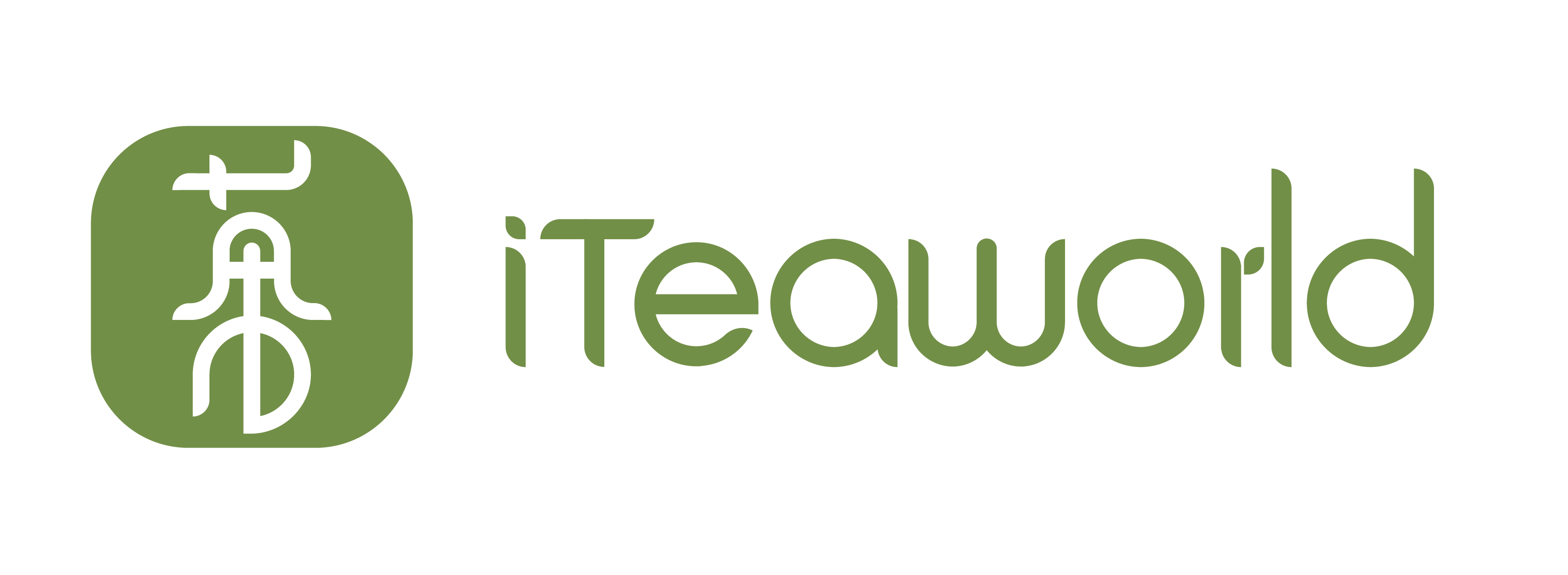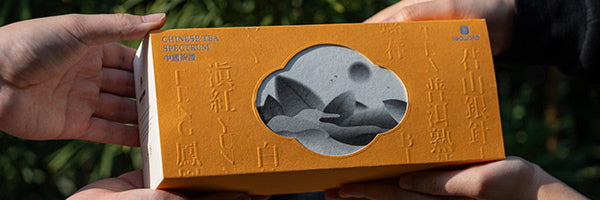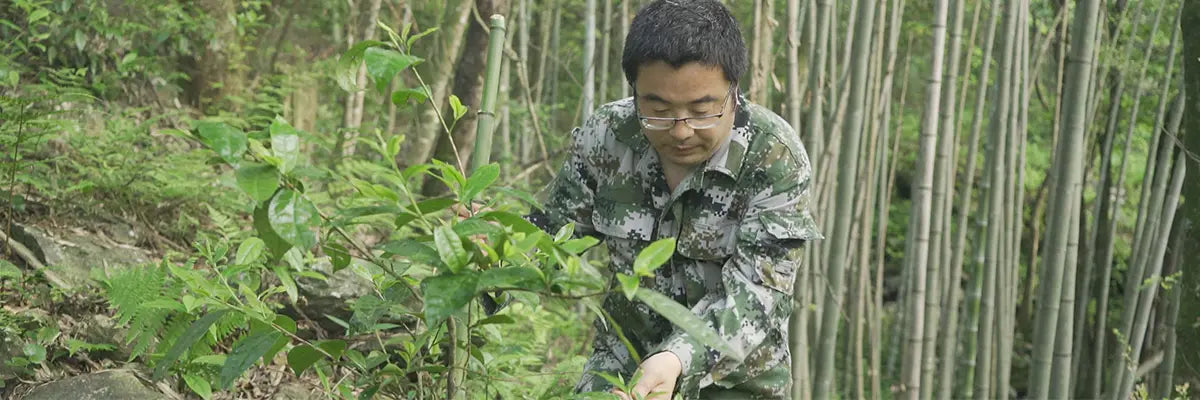What’s the difference in flavor between charcoal-roasted and electric-roasted Oolong tea? And how do we choose the best Oolong tea for ourselves? Hopefully, this article will help you find some answers.
What is Charcoal-Roasted and Electric-Roasted?
Roasting is a crucial step in the refinement of oolong tea. It plays a significant role in adjusting and developing the tea’s flavor profile.
Now, there are two main types of roasting used in oolong tea production: electric roasting and charcoal roasting.
- Electric roasting: Uses heated air circulated through electric ovens or roasting cages.
- Charcoal roasting: Uses the heat from burning hardwood charcoal to roast the tea.

When Does Roasting Start?
In places like Wuyishan and Chaozhou, the roasting season for Oolong tea usually begins around May. Teas such as Wuyi rock teas and Phoenix Dancong typically go through 2 to 3 rounds of roasting, with resting periods in between to let the fire soften. That’s why we usually don’t get to enjoy the freshly roasted new teas of the year until sometime between October and December.
Throughout the process, tea makers need to carefully observe the condition of the leaves and make constant adjustments. Factors like the oxidation level of the maocha, the region it comes from, and the leaf grade all influence how long, how hot, and how many times the tea should be roasted.

Some Oolongs require a particularly gentle and slow roast—what we call wen huo man bei (literally, "slow roast over gentle fire"). A single session might last several hours, sometimes even longer, and the roast level needs to be monitored and fine-tuned constantly. Combined with the summer heat and the blazing charcoal, it’s really an intense and demanding task.

What are the flavor differences between charcoal-roasted and electric-roasted oolong tea?
1. Charcoal-roasted Oolong
Charcoal-roasted Oolong tends to have a richer, fuller body and a deeper complexity. The aromas from the charcoal and the tea itself—like fruity or ripe fruit notes—meld together beautifully in the liquor, creating a delicate balance. The fragrance also lingers much longer in the cup and in the mouth.
Of course, not all charcoal-roasted teas are made equal. If you come across a tea where the charcoal note is overpowering or smoky in a harsh way, it might be a sign that something went wrong during the roast, or that the charcoal flavor is being used to mask other flaws in the tea.
2. Electric-roasted Oolong
Electric-roasted oolong tends to have a lighter, more floral or honey-like aroma. The scent of the tea and the roast feel more separated—distinct rather than integrated into the liquor. The fragrance fades quickly, and the taste can feel thinner, sometimes even a bit astringent or green.

How to Choose Between Charcoal-Roasted and Electric-Roasted Oolong Tea?
1. Charcoal-roasted Oolong
Compared to electric heat, charcoal has a deeper penetrating power, allowing the leaves to roast more evenly and thoroughly. The long, slow roasting process also helps the inner components of the tea transform in a more complex way.
Charcoal-roasted leaves often look slightly gray-white or dusty on the surface, and you can usually pick up a clear smokiness in the dry leaf aroma. Over time, as the tea ages, that smokiness mellows out and gives way to other nuanced flavors. That’s why seasoned tea drinkers often say: a well-roasted oolong gets better with age.

Another interesting point—charcoal can absorb certain unwanted substances like sulfides or methanol, along with unpleasant odors. This might also contribute to the cleaner, more refined taste of some charcoal-roasted teas.
If you're looking to experience the traditional flavor of Wuyi rock tea or Phoenix Dancong—or just prefer a more full-bodied and complex oolong—charcoal-roasted teas are definitely worth exploring.
2. Electric-roasted Oolong
Electric roasting uses hot air to transfer heat, which doesn’t penetrate the leaves as deeply as charcoal. Over time, electric-roasted teas can “fan qing” (The tea has a green/raw taste or off-flavors). The dry leaves of Electric roasting tend to have a duller, less glossy appearance and lack the signature smokiness of charcoal roasting.
In the cup, the first infusion of electric-roasted oolong is usually a golden yellow, while charcoal-roasted tea leans more toward a reddish hue.

In China’s oolong-producing regions, electric roasting is commonly used for lighter-roasted teas with a fresh, floral aroma, or for lower-grade oolong tea.
If you enjoy crisp and refreshing aroma or simply don’t care for the smoky notes of charcoal, electric-roasted oolongs can be a great choice.
Our Recommendations
1. If you’re not sure which one to choose, try our Charcoal-Roasted & Electric-Roasted Oolong Tea Set. It’s an easy way to experience both and quickly find out which roast suits your taste.





